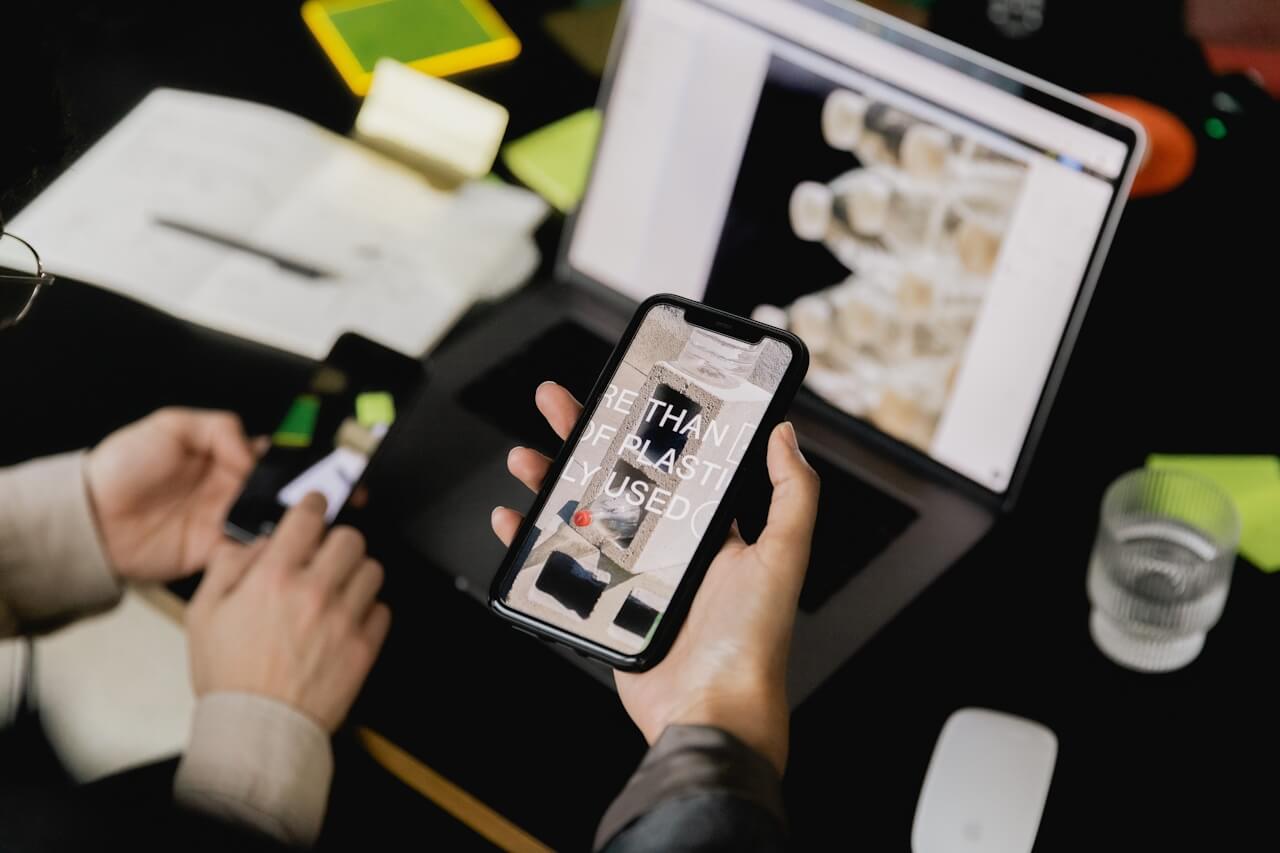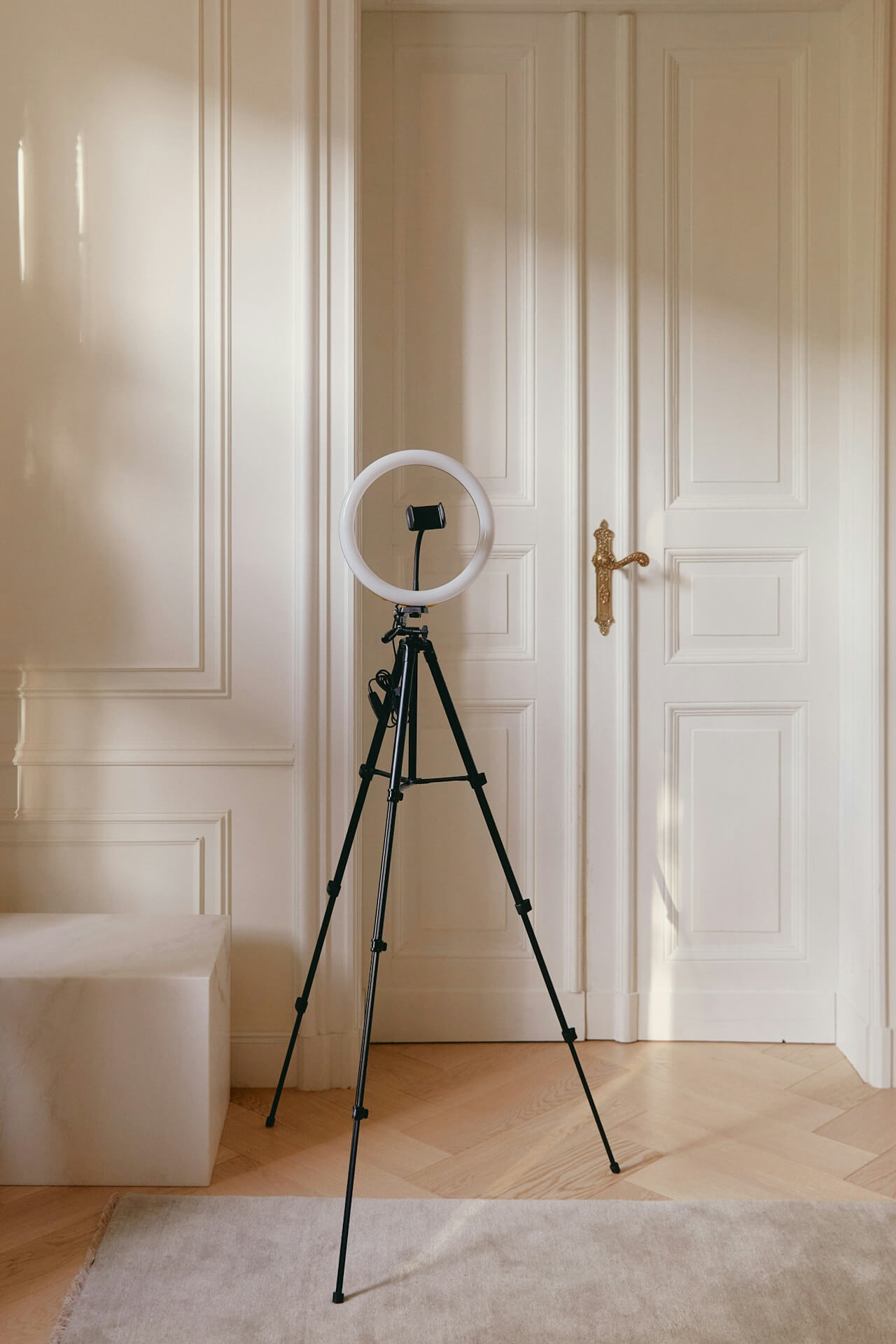Building a startup identity design system from scratch can feel overwhelming when you're also validating product-market fit, hiring your first team members, and trying to close initial customers. Yet your visual identity shapes every first impression—from investor meetings to customer websites visits—making it one of the most consequential early decisions you'll make.
A systematic approach to startup identity design ensures you build professional brand foundations without getting paralyzed by perfectionism or making expensive mistakes that require rebuilding later. This checklist guides you through essential elements in logical sequence, helping you prioritize what matters most while deferring less critical decisions until resources allow.
Strategic Foundation Before Visual Work
The biggest mistake in startup identity design is jumping straight to logo sketches without establishing strategic clarity about what your brand should communicate. Visual designers can't create appropriate identity without understanding your positioning, personality, and target audiences.
Start by documenting your core positioning in one paragraph. Who do you serve? What problem do you solve for them? How are you different from alternatives? What do you want to be known for? This clarity guides every subsequent visual decision, ensuring design choices reflect business strategy rather than arbitrary aesthetic preferences.
Define your brand personality through five to seven adjectives describing how you want to be perceived. Are you authoritative or approachable? Traditional or innovative? Serious or playful? These personality traits guide visual style, color choices, typography, and overall aesthetic direction. Without clear personality, designers create generic work that could represent any company.
Identify your primary and secondary audiences with sufficient detail to influence design decisions. B2B enterprise software targeting CTOs requires different visual treatment than consumer apps for Gen Z users. Technical sophistication appeals to developers while accessibility matters for mainstream consumers. Design appropriately for actual audiences rather than your personal preferences.
Research competitors' visual identities understanding what territory they occupy and what gaps exist. This competitive analysis prevents accidentally looking too similar to established players while identifying opportunities for visual differentiation. Screenshot five to ten competitors and note patterns in their color palettes, logo styles, and overall aesthetics.
Logo Design Essentials
Your logo serves as the primary recognition device representing your brand across all touchpoints. Professional logo systems include more than single pretty mark—they provide flexibility for diverse applications while maintaining consistency.
Primary logo mark should work in multiple configurations addressing different space constraints. Horizontal lockup for wide spaces, stacked version for square formats, and standalone icon for tiny applications like favicons ensure your mark functions everywhere needed. Design all variations simultaneously rather than treating alternatives as afterthoughts.
Scalability testing ensures logos remain clear and recognizable from business card size to billboard scale. Print logo at one inch width checking whether it stays legible. Reduce to sixteen pixel favicon size ensuring it remains recognizable. Logos failing at small sizes create practical problems regardless of aesthetic quality at ideal sizes.
Color and black-and-white versions address different reproduction contexts. While full-color logo might be beautiful, you'll need single-color versions for certain printing scenarios, monochrome applications, or reversed-out situations on dark backgrounds. Design these variations intentionally rather than assuming automatic conversion works.
Clear space requirements prevent logo crowding when combined with other elements. Establish minimum clear space around logo—often defined as percentage of logo height or width—ensuring breathing room that maintains impact. Document these spacing rules preventing well-intentioned but visually damaging placement.
File format completeness provides every necessary variation for different uses. Vector files (AI, EPS, SVG) for print and professional design, PNG files with transparency for digital use, and JPG versions for basic applications ensure whoever needs logo files can use them properly. Deliver complete file packages preventing requests for "the logo in different format."
Color System Development
Color palette establishes visual foundation extending beyond logo into all brand applications. Strategic color systems balance aesthetic appeal with practical functionality across diverse contexts.
Primary brand color should be distinctive, appropriate for your category and positioning, and technically reproducible across different media. Specify exact values across color models—RGB for digital, CMYK for print, Pantone for specialized production, and HEX for web development. Technical precision ensures color consistency regardless of production method.
Secondary palette provides supporting colors creating visual variety without fragmenting brand coherence. Two to four secondary colors enable diverse applications while maintaining recognizable brand expression. These supporting colors should harmonize with primary color while providing sufficient contrast for hierarchical differentiation.
Accessibility compliance ensures adequate contrast between text and backgrounds meeting WCAG standards. Beautiful colors failing accessibility requirements create unusable interfaces excluding audiences with vision differences. Test color combinations ensuring critical information doesn't rely solely on color differentiation.
Usage guidelines establish which colors dominate versus support in different contexts. Should primary color appear in large areas or small accents? When should secondary colors be used? Clear principles prevent color chaos when multiple people create brand materials independently. Document ratios like "primary color should occupy 60% of composition, secondary 30%, accent 10%."
Typography Selection and Hierarchy
Typography significantly impacts brand perception yet often receives less attention than logo design. Strategic typeface selection and systematic hierarchy create professional brand expression.
Display typeface for headlines and large text should have distinctive personality while remaining readable. This is where typographic character lives—whether geometric sans-serif feeling modern, elegant serif communicating tradition, or expressive display face creating personality. Choose typeface reflecting brand personality while ensuring clarity.
Body typeface for longer text prioritizes readability over personality. While display faces can be distinctive, body copy must be comfortable for extended reading. This often means different typeface than headlines or at minimum different weight creating appropriate hierarchy. Test body typeface in paragraph form ensuring pleasant reading experience.
Web-safe alternatives for digital contexts ensure brand typography works when ideal fonts aren't available. Specify system font fallbacks maintaining brand personality when custom fonts can't load. This technical consideration prevents brand expression disappearing in certain digital contexts.
Type scale establishing size relationships creates visual hierarchy guiding attention. Define sizes for H1 through H6 headings, body copy, captions, and other text elements. This systematic approach maintains consistent hierarchy across applications preventing arbitrary sizing decisions.
Visual Style and Imagery Direction
Beyond logo and color, visual identity includes imagery, graphic elements, and overall aesthetic approach creating complete brand language.
Photography style defines what kinds of images represent your brand. Should photography be aspirational or documentary? Colorful or muted? People-focused or abstract? Professional studio quality or authentic smartphone aesthetic? These decisions ensure visual consistency when different people source images.
Illustration approach if applicable establishes whether brand uses illustration, what style fits brand personality, and how illustrations integrate with photography. Some brands rely heavily on custom illustration creating distinctive visual signatures. Others use illustration sparingly or not at all.
Graphic elements including shapes, patterns, icons, or textures extend visual language beyond photographs and illustrations. These supporting elements provide visual interest and variety while reinforcing brand recognition. However, avoid complexity overwhelming core identity elements.
Layout principles guide how elements are organized and combined. Grid systems, spacing conventions, and compositional approaches prevent layout chaos. Even simple principles like "always align to grid" or "maintain consistent margins" dramatically improve visual consistency.
Documentation and Implementation
Creating identity elements means nothing if implementation guidelines don't enable consistent usage as your startup grows.
Essential brand guidelines document logo usage, color specifications, typography systems, and visual style in accessible reference format. Start with ten to twenty page PDF covering basics—you can expand later as complexity grows. Focus on clarity over comprehensiveness in early guidelines.
Digital asset library organizing all logo files, color swatches, font files, and templates in logical structure prevents team members hunting through folders or requesting "the logo file" repeatedly. Cloud storage with clear naming conventions enables self-service access.
Template creation for common applications like presentations, one-pagers, and social media graphics enables consistency while allowing content flexibility. Pre-designed templates prevent everyone reinventing layouts differently for similar materials.
Web design and development implementing your identity in your primary customer touchpoint requires particular attention. Your website brings identity to life digitally—ensure it reflects brand system faithfully while serving user needs effectively.
Testing and Validation
Before finalizing startup identity design, validate decisions through testing revealing potential issues while changes are still feasible.
Application testing across diverse contexts exposes problems invisible when viewing identity in ideal conditions. Print logo small checking legibility. View colors on different screens ensuring consistency. Apply typography to long paragraphs assessing readability. Real-world testing prevents theoretical identities failing practically.
Stakeholder feedback from team members, advisors, or early customers provides perspective on whether identity achieves intended perceptions. While not design-by-committee, gathering reactions from people representing target audiences validates strategic appropriateness.
Competitive distinctiveness check ensures your identity differentiates sufficiently from competitors. Place your logo alongside competitor logos assessing whether it stands out or blends in. This competitive testing reveals whether design choices create meaningful differentiation.
Working with professional agencies like Metabrand ensures systematic identity development addressing all checklist elements cohesively. Their expertise in startup branding helps founders build professional identities efficiently without expensive mistakes or time-consuming trial-and-error.
This checklist provides framework for systematic startup identity design building professional brand foundations serving your business as it grows. While perfectionism paralyzes, systematic attention to essential elements creates identity that works from day one while remaining flexible enough to evolve as your startup matures.
Ready to elevate your startup's brand? Get a free quote from Metabrand.










